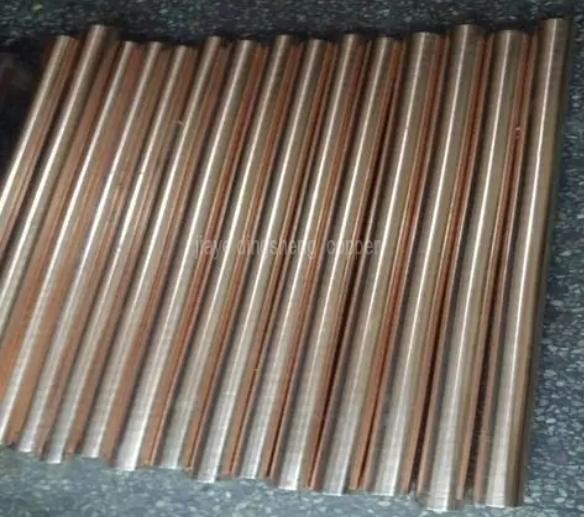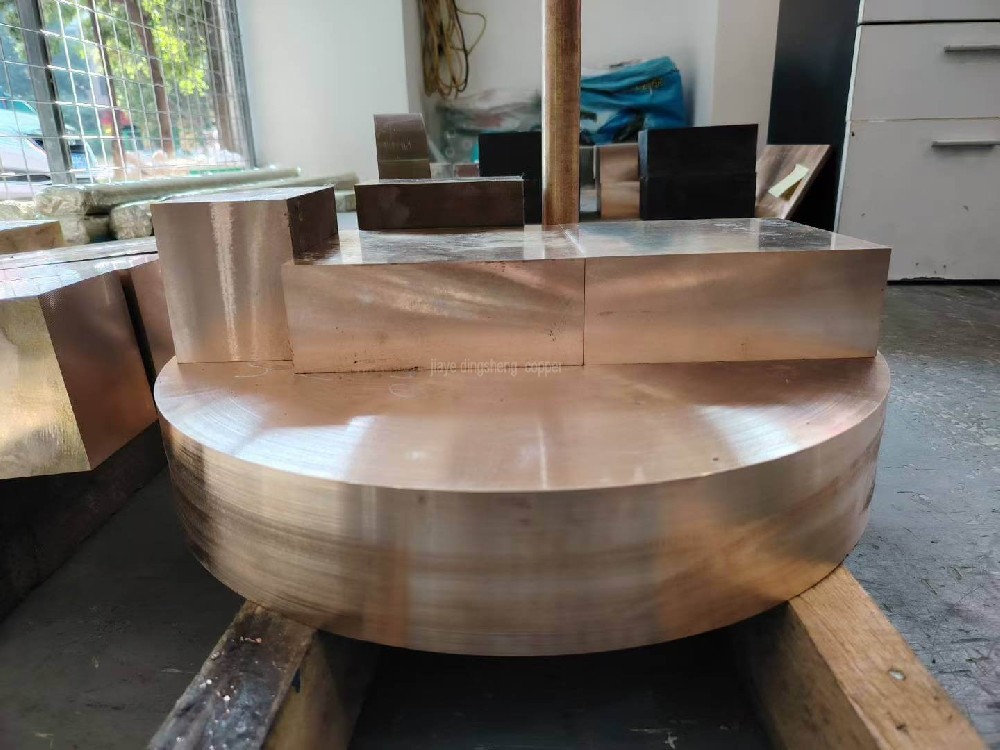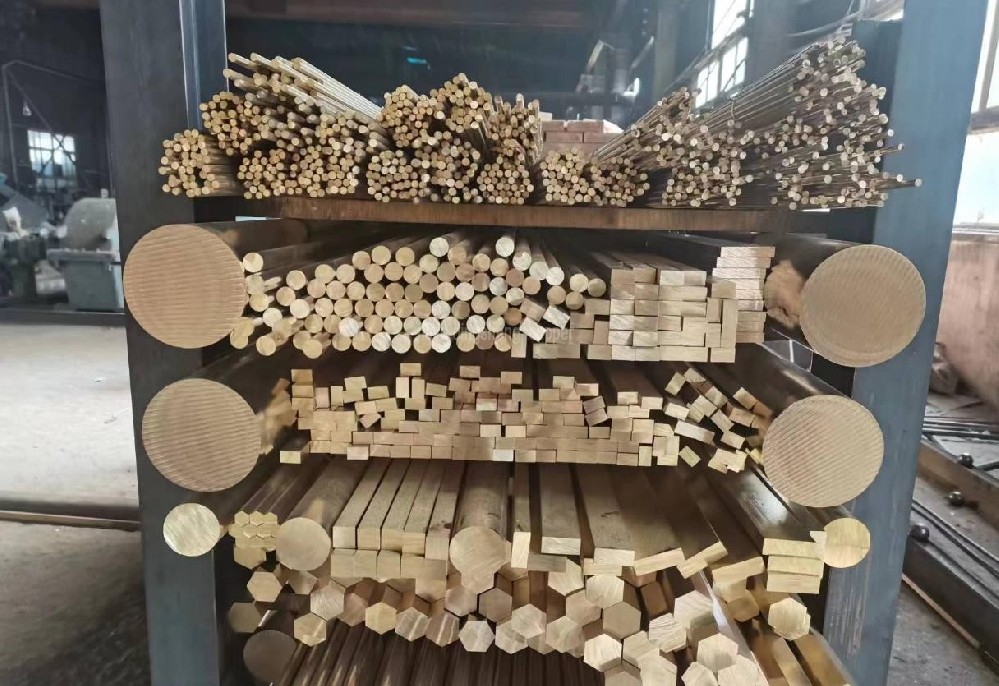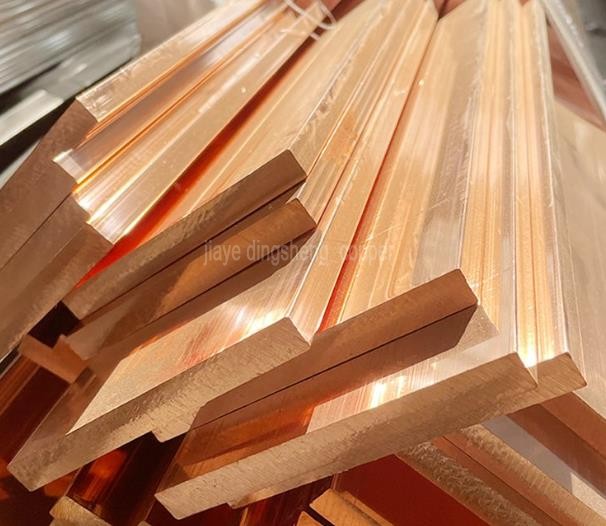The hardness difference between beryllium bronze and steel
How much of a difference is there in hardness between beryllium bronze and steel?
After quenching and artificial aging treatment, the hardness of beryllium bronze can reach 350-400 HBW, while the hardness range of steel is usually between 130-150 HRC. Although HBW and HRC are two different hardness measurement methods, after conversion and comparison, the hardness of beryllium bronze is significantly higher than that of ordinary steel, although it may still be inferior to some high-strength tool steels. The specific gap depends on the type of steel and the treatment method.

I. The hardness characteristics of beryllium bronze
Beryllium bronze is an alloy composed of copper, tin and beryllium. After specific quenching and artificial aging treatment, its hardness can reach an astonishing 350-400 HBW. This value far exceeds that of any other copper alloy, and it can even be comparable to some high-strength alloy steels. The high hardness of beryllium bronze is mainly due to its alloy composition and unique heat treatment process. These factors work together to make beryllium bronze perform well in terms of hardness.
II. The hardness range of steel and its influencing factors
The hardness of steel varies depending on its type and treatment method. Generally, the hardness range of steel is between 130-150 HRC. It is important to note that HRC is a representation of Rockwell hardness, which is different from the HBW (Brinell hardness) of beryllium bronze. However, both can be compared through a certain conversion relationship. Newly manufactured steel often has a lower hardness and requires tempering treatment to reach the standard range. Additionally, factors such as carbon content, alloy elements, and smelting methods in steel can all affect its hardness.
III. Specific analysis of the hardness gap between beryllium bronze and steel
Although the hardness of beryllium bronze is significantly higher in numerical terms than ordinary steel, this does not mean that it is always superior in all cases. In fact, beryllium bronze and steel have their own advantages in application fields. Beryllium bronze is widely used in the manufacturing of clock elastic components, musical instruments, and wire connectors due to its high strength, high hardness, and good corrosion resistance. Steel, on the other hand, dominates in construction structures, automotive parts, and tool manufacturing due to its durability, ability to withstand heavy loads and high stress.

In summary, there is indeed a gap in hardness between beryllium bronze and steel, but the specific gap depends on factors such as alloy composition, treatment method, and application scenarios. When choosing to use which material, we need to consider its performance characteristics and economic cost to ensure that the most suitable material for specific needs is selected.
# Tags:
-
The hardness difference between beryllium bronze and steel





